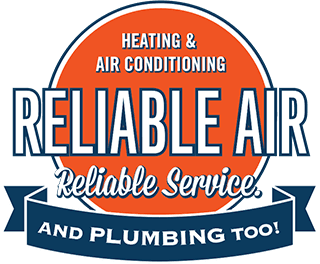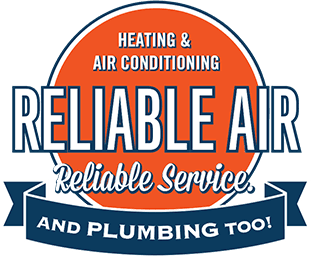First, a quick refresher: HSPF (Heating Seasonal Performance Factor) and SEER (Seasonal Energy Efficiency Ratio) measure the heating and cooling efficiency of a heat pump, respectively.
The higher the HSPF and SEER rating, the more expensive the heat pump will cost upfront, but the more energy efficient it will be in the long run.
So what HSPF and SEER ratings do we recommend for a new heat pump?
We suggest going with anything above an HSPF rating of 8.2 and a SEER rating of 14. But beyond this answer, we always tell San Marcos homeowners that the HSPF rating and SEER rating they “should” get depends (more on that later).
In this article, we’ll cover the following info:
- Why we recommend anything above HSPF 8.2 and SEER 14
- Why a professional needs to help you choose HSPF and SEER ratings
Want to know which HSPF and SEER ratings you should get for your new heat pump?
Why we recommend anything above HSPF 8.2 and SEER 14
The reason we recommend anything above an HSPF rating of 8.2 and a SEER rating of 14 is because those are currently the minimum national requirements for heat pump ratings.
That means any new heat pump you purchase will automatically meet those minimum efficiency requirements. The good news is, if you’re upgrading your old, inefficient AC or heat pump, you’ll automatically see significant energy savings with these HSPF and SEER ratings.
But some homeowners are interested in even higher long-term energy savings, which means they are looking at heat pumps with HSPF and SEER ratings above the national minimum requirements.
In fact, you can get a heat pump an HSPF rating up to 13, and a SEER rating up to 24.
So the question is, should you go above the national minimum requirements for your new heat pump?
Well, for it to make financial sense, you should make sure your long-term savings (via monthly energy bill savings) outweigh the higher installation cost of the unit.
And that’s where it gets complicated...
Why a professional needs to help you choose HSPF and SEER ratings
In order to calculate your actual long-term energy savings, you’ll need to take into account the following factors:
- The size of your new heat pump
- The insulation levels in your home
- The condition of your home’s ductwork
- The number of windows and doors in your home (and how they’re insulated)
- Your heating/cooling preferences
- And more
Since calculating those factors is complex, a professional will need to inspect your current HVAC system and home to give you a recommendation on HSPF and SEER ratings.
Without taking into account those factors, you can’t accurately predict the energy savings you’ll get with a particular HSPF/SEER rating.
For example, let’s say you choose a heat pump with an HSPF rating of 10 and a SEER rating of 16. However, you don’t consider that your home has poor insulation and leaky ductwork. Because both of those things result in extra work for your heat pump, you won’t see optimal energy savings from the new heat pump (your actual savings will be much lower).
Want a professional to recommend which heat pump is best for your home?
We’ll send one of our trusted techs to your home to calculate the factors we mentioned earlier and recommend a heat pump for your home.
For more information about what to expect when you hire us, visit our heat pump installation page.


